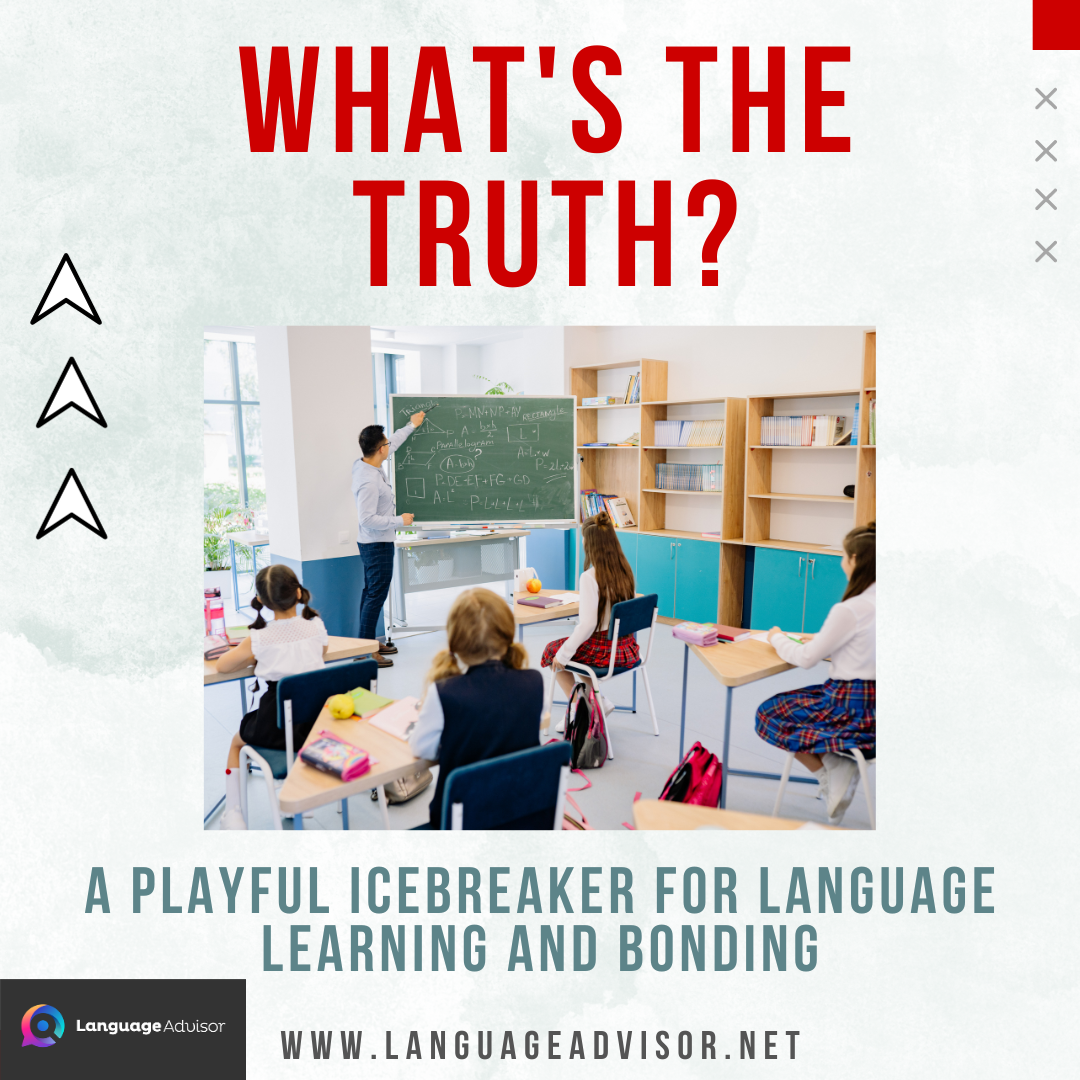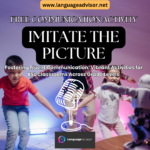What’s the Truth? Crafting Classroom Connections with ‘What’s the Truth?’ – A Playful Icebreaker for Language Learning and Bonding
What’s the Truth?

What’s the Truth?
Initiating a new course can be a challenge for both students and teachers, with the first lecture setting the tone for the entire semester. The dilemma often lies in making students comfortable enough to engage actively during that crucial initial session. In my experience, I’ve discovered an enjoyable and inventive icebreaker that not only relaxes students with me but also fosters a relaxed and comfortable environment among peers—enter the “What’s the Truth?” game.
Adaptability Across Proficiency Levels
This warm-up game is not confined by English proficiency levels; it’s versatile and effective for various stages of language learning. Tailor statements based on the class’s proficiency, making them direct and appropriate for lower levels or more complex for advanced learners. The primary goal is to cultivate comfort, encourage interaction, and start building connections while honing writing, listening, and speaking skills.
Step 1: Introduction and Icebreaking Statements
Begin by introducing yourself and making casual remarks to familiarize students with your voice and intonation. Then, present five statements about yourself on the board—two false and three true. Adjust the complexity based on proficiency levels. For example:
- I love to cook and eat Indian food.
- I speak three languages: Spanish, English, and Russian.
- I am married and have two children.
- I love to write short stories and poetry.
- I lived and worked in Japan for two years.
Step 2: Collective Voting and Laughter
Explain that some statements are true, while others are false. Read the sentences aloud, and let the class collectively vote on their veracity. Count the votes, write the numbers next to each statement, and revel in the resulting giggles and guesses. This step humanizes you, fostering a sense of relatability.
Step 3: Revealing Truths
Reveal the three true statements and let the class choose one for further elaboration. Share anecdotes about yourself, fostering a more relaxed atmosphere and setting a positive tone for the semester.
Step 4: Students Take the Stage
Now, it’s the students’ turn. They write two false and three true statements about themselves, aiming for creativity and freedom. Pair them up, and let them play “What’s the Truth?” This not only engages them but also provides topics for discussion after the truth is revealed.
Step 5: Sharing Truths and Building Connections
The final phase involves pairs standing up, introducing each other to the class, and sharing one interesting “true” fact. This not only eases performance pressure but also helps the class become familiar with each other.
Caveats: Enhancing Memory and Listening Skills
If time permits, test the class on each other’s names or the information learned during the activity. It reinforces listening and memory skills.
This introductory activity, requiring minimal preparation, consistently yields lively, fun, and sometimes surprising results. Students open up, share stories, and laugh together, creating an environment conducive to learning and camaraderie.

What’s the Truth?
Also check out these English ESL games
















This is very good. my kids enjoy it.